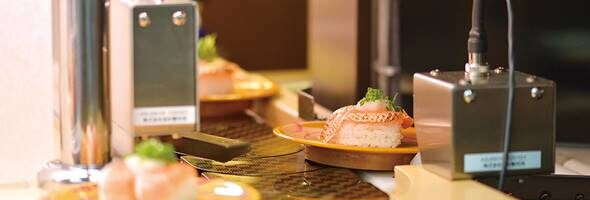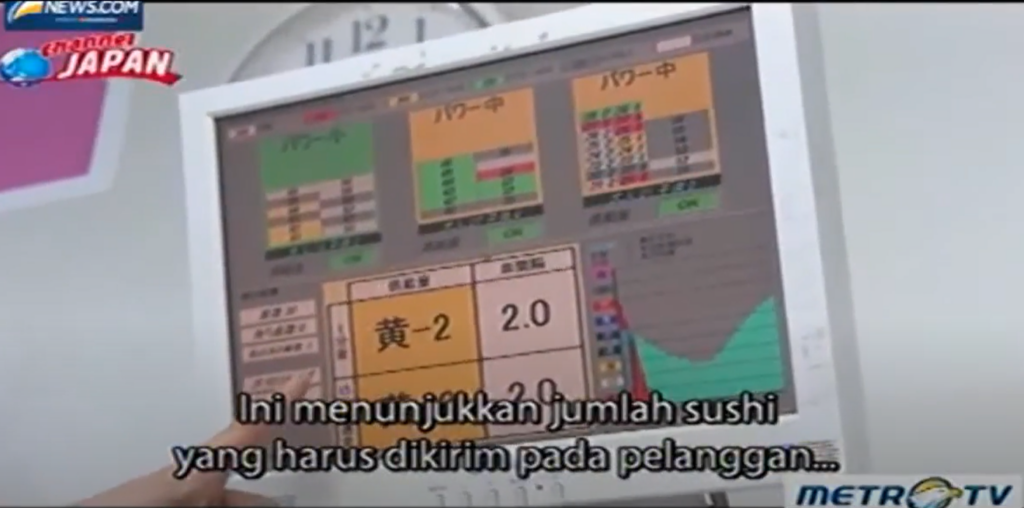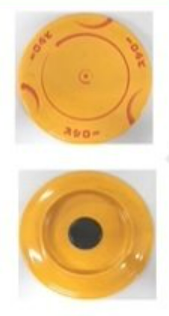Sushiro: Always bring the best sushi for you, because they know you

A billion of sushi is consumed at Sushiro every year. Sushiro uses its big-data to meticulously predict what sushi you want to eat next and how much more you want to eat.
Do you like Sushi? If yes, what makes sushi so good for you? It could be freshness. If it’s a conveyor belt sushi, “Kaiten Zushi”, timeliness also matters a lot. You want your favourite kind of sushi to come in front of you just when you are craving it.
AkindoSushiro, known as “Sushiro”, started with its first outlet in Osaka in 1975 and has become one of the most loved conveyor belt sushi restaurants in Japan with 625 chains domestically and 64 chains overseas as of December 2021. It actually utilizes its big data to provide what you want for sushi.
So what does Sushiro do?
IC tags for all plates
In 2012, Sushiro started to install IC tags on the bottom of all sushi plates. Each plate has a tiny IC tag which records 1) what kind of sushi is on the plate, 2) when the plate starts running on a conveyor belt, 3) when a customer takes that sushi, and 4) and which customer takes it. By having this tag, Sushiro has gained the visibility of what kind of sushi is ordered at which restaurant, which table, from what type of customers, and when. Every year, more than 1 billion Sushi data are collected.
Supply Instructions System
Combined with IC tags, Sushiro also introduced the Supply Instructions System that navigates chefs at kitchens which sushi has to be sent to customers in the next minute. It analyzes the data of customers’ basic profiles (adults or kids), how long it has passed since customers get seated, and how busy the outlet is. Based on the analysis and data collected from touch panel devices, it meticulously predicts customer demand and provides instructions on how much sushi ought to be sent to each conveyor belt. For example, Sushiro will know what kind of sushi is most likely to be ordered by a child after he or she enjoys salmon.

What are the benefits?
Now we know how Sushiro collects data but how do they benefit from it?
- Freshness
The key to good sushi is freshness. IC tags enable Sushiro to know how long a sushi plate has been running on a belt. For example, tuna will be automatically disposed of once it runs more than 350m on a belt. This allows Sushiro to maintain the freshness of sushi all the time.
- Food Waste Reduction
The Supply Instructions System guides chefs on which sushi has to be released on a conveyor belt dependent on on-demand needs. Chefs can focus on making sushi that will be likely ordered or taken by customers and eliminate food waste. As a result. the system has reduced the food wastage rate from 10% to 4%. It also contributes to the improvement in profitability by controlling the inventory more accurately.
- New Menu Introduction / Promotions
At the HQ level, Sushiro also makes use of data to understand the effectiveness of promotions and experiment with menus. No Surprise.
What made Sushiro succeed in introducing this “big data”?
Big data has contributed to the success of Sushiro but how did they implement it? One important thing to note is that Sushiro has never disregarded “Gemba” (the actual place in Japanese. In this scenario, chefs and kitchen). Sushiro focused on how they can systemize the experiences and understanding of Gemba rather than ignoring them. It strongly believes that the experiences that good managers have built are the irreplaceable assets of the company and sharing that know-how across all outlets is the most important factor to succeed. At the same time, they also acknowledge the risk of over-reliance on non-quantifiable guidance. Hence, the combination of data and good managers’ experiences was the solution for Sushiro and it keeps bringing joyful dining experiences for all sushi lovers.
Sources:
https://www.akindo-sushiro.co.jp/kodawari/#item01_04
https://aws.amazon.com/jp/solutions/case-studies/akindo-sushiro/
https://www.ashisuto.co.jp/case/industry/service/1195255_1563.html
https://www.itmedia.co.jp/news/articles/2112/14/news046.html
https://www.soumu.go.jp/johotsusintokei/whitepaper/ja/h26/html/nc131120.html
https://www.youtube.com/watch?v=ZkK6xYYNQpU




Lina! This is such a cool and different use of data. I would have never thought to use data analytics on this scale and for this purpose. I guess when freshness is so important, even from kitchen to table is valuable to optimize for. Do you think they would be willing or interested in selling the data analytics and software to other restaurants that would also benefit from their system?
Wow, Lina! This is amazing!
I wish all sushi spots used these sensor-based data-driven strategies to make sure that I can get the FRESHEST sushi on my plate. My fiancé and I have been doing weekly half-price sushi runs for the last 5 years, and we’ve had our fair share of hits and misses. Has Sushiro patented this technology? If not, perhaps we could compelling them to spin-off the idea or write white paper that other restaurants can adopt. Many sushi lovers would thankful for this innovation!
Thanks for sharing!
Super interesting. It seems like the freshness advantage also is strong liability protection. Any restaurant, but especially those serving raw foods, have to take many precautions to ensure that their meals don’t make patrons sick. And when customers do get sick, even if it was from eating tainted food from somewhere else, sushi and other raw-serving restaurants are often the ones immediately blamed. Sushiro’s ability to prove exactly how long each piece of sushi was one the line before being served is another line of protective defense against this risk.
I do wonder whether Sushiro has a customer loyalty program. If not, that seems like the logical next step. If they could track a single customer’s preferences longitudinally, they could guarantee a better experience for loyal customers and potentially more successfully upsell/increase their order size.
Thanks for sharing!
I loved learning about this and would love to go to a Sushiro! The integration between the front of house (hosts inputting how many adults and children in the restaurant) and back of house (chefs), without any input by traditional go-betweens (waiters) is cutting edge. Due to it’s benefits in increasing customer satisfaction, decreasing food waste, and increasing quality, I’m curious as to how other food service businesses could implement something similar – perhaps in formats such as buffets or hotel catering or room service. I also appreciate your point about experimenting with new menu items – with this type of data usage, it is always at risk of confirmation bias ( ie customer likely to pick a after b, but really customer wanted d which isn’t on menu), so the fact that they are experimenting with new menu items and relying on the knowledge of chefs and management is especially helpful.
Super interesting blog post, Lina! I love how Sushiro uses tags (almost like sensors?) to track the sushi and collect live data and how these data are being used to help with inventory mgmt, service delivery, marketing & sales, etc. I wonder how they’re able to collect the customer’s data, is there a membership loyalty program or anything equivalent? It’d be super interesting to see how they segment customers and predict customer behavior.
Lina, this was fascinating to learn about — would love to visit a location sometime! For myself and a lot of other friends, conveyor belt sushi has not held up the best impression as a “good” sushi dining experience due to the fact that we’d have to sit and wait without any guarantee of our favorite dishes passing by on the belt and that the sushi may lose its freshness from sitting on the belt for too long. This solves both of those problems perfectly — what a great example to illustrate how big data/analytics can address everyday problems in a brick-and-mortar restaurant, not just in labs and high-tech companies.